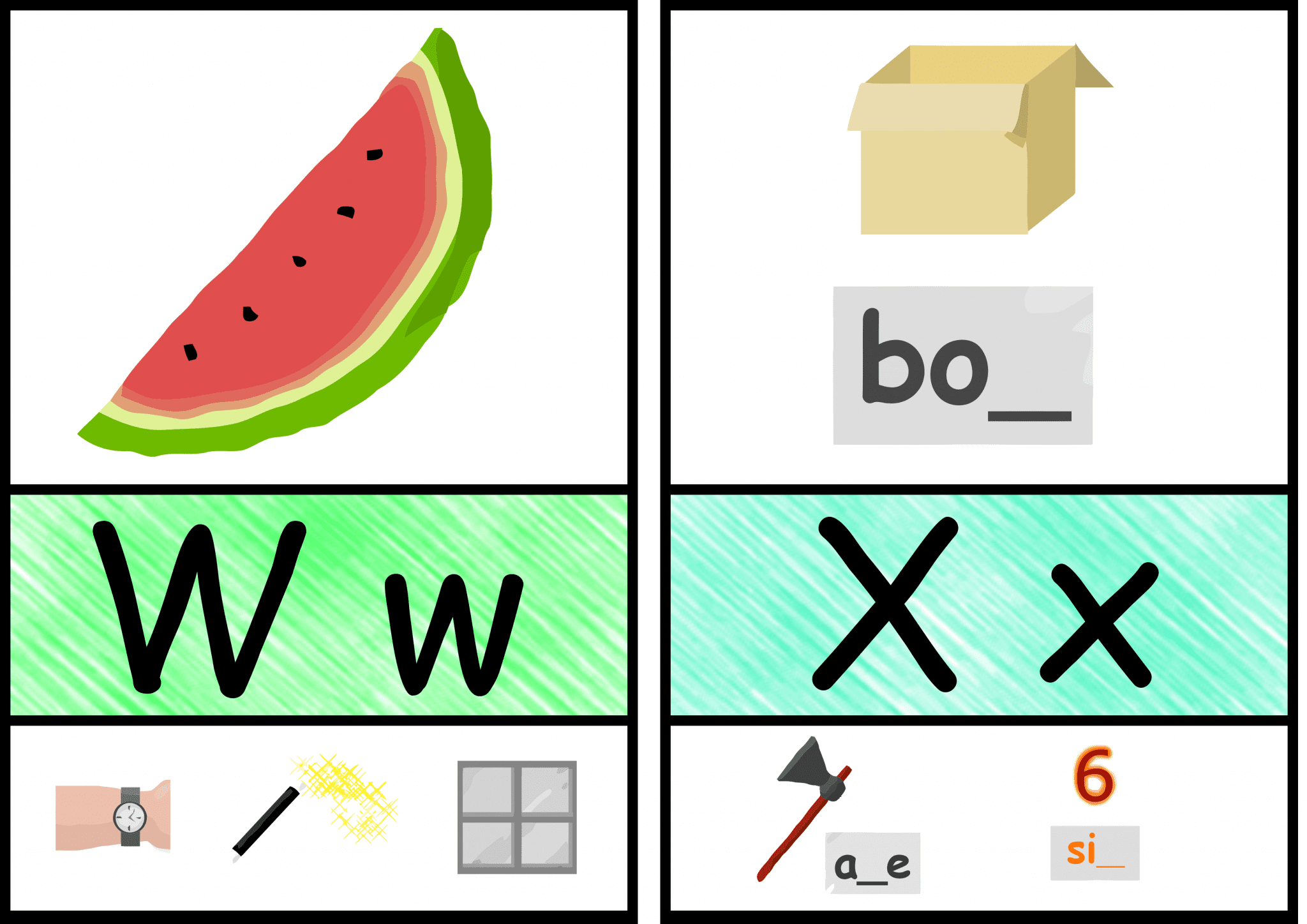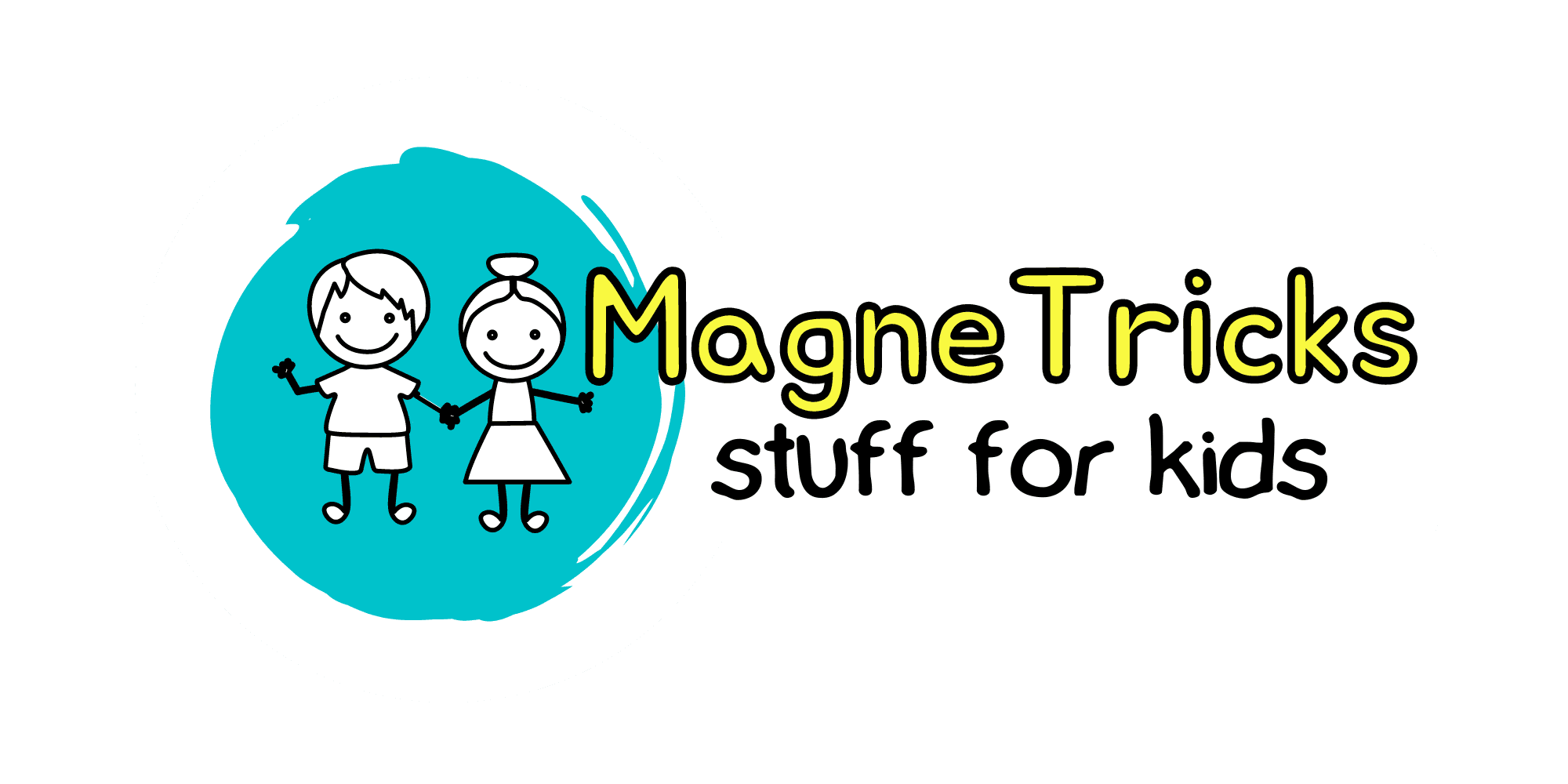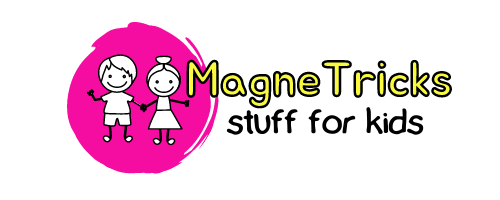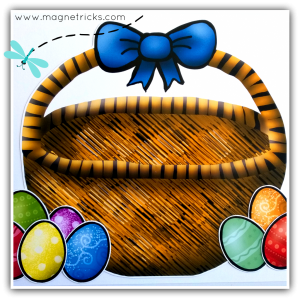Why do we use 'x as in box'?
Teaching the X sound as ‘x as in box’ might seem like an unusual choice and possibly even misguided, but there are sound educational benefits to teaching ‘x as in box’.
First of all, the vast majority of alphabet and phonics education products available today use ‘x as in xylophone’ or ‘x as in x-ray’. In this blog, I will explain why I chose not to do this and why it’s better for your child’s or student’s phonetic development to use an alternative. I’ll tell you why this is one of the best ways of teaching the X sound.

Teaching the 'correct' phonetic sound
Phonics in Australia is both difficult to learn and difficult to teach. With a language like English where the roots of words come from a variety of language origins, it’s very difficult to apply ‘rules’ to words and letters in order to learn the language. Teaching children about our letter system via phonics is an effective way to help them make links between speaking, listening, reading and writing.
So what’s the issue? The English language has more than 44 sounds and only 26 letters and letter combinations to represent these sounds. Helping children to recognise each of the letters from the alphabet by the most prominent sound they make is the best place to start. It helps avoid confusion and misconception.
‘X-ray’ does not in fact start with the most common sound that ‘x’ makes. The sound it starts with is akin to the letter name (pronounced ‘eks’). The most common sound represented by the letter x is pronounced ‘ks’. If a child learns and thinks that the letter makes the ‘eks’ sound in words it’s much harder for them to learn how to read, especially if the x is in the middle or at the end of a word. Teaching the x sound really can be quite difficult.
Why not use both xylophone and box?
I have designed my sets so that x is solely focused on hearing final sounds. Final sounds are super tricky!! Teaching both initial and final sounds to help children learn to identify the ‘ks’ sound is very confusing and may even take them much longer to hear the sounds and understand what you want them to identify.
Moving toward more difficult phonetic concepts
Teaching initial sounds is great, and it’s needed as a starting point. There is however a time when children need to learn how to identify the sounds at the end of words and eventually the middle. A very common way to start exposing children to this is with cvc (consonant vowel consonant) words like ‘cat’, ‘pot’, or even ‘fish’. If all they have done prior to this point is initial sounds, it’s very difficult for them to hear the other sounds in the words.
Teaching ‘x as in box’ or something similar is moving from hearing letters at the start of the word to hearing the sound at the end. This is a very important and often difficult transition for children to make and some will find it much easier than others.
Where to from x?
This is the best thing!! x as in box and x as in fox or even six leads you straight into cvc. Take the words where they now recognise the final sound, rehash the initial sounds for these words and start identifying middle sounds (the hardest). Those that still struggle to identify the final sounds can now start practising with cvc words containing final sounds they already know.
Those students that have it can move on to identifying middle sounds, and even segmenting and putting together all 3 sounds from new cvc words. Linking literacy concepts makes it much quicker and easier for children to progress. As a result, you have seamlessly helped children move from one concept to another.
So there you have it! There is so much benefit in teaching the x sound as ‘x as in box’ – It leads to new concepts children need to learn. Products that are designed well consider how information should be delivered to children, just like with teaching the x sound. In addition, there is much more purpose and educational value in basic products designed for play. Keep your eyes out for resources that help children learn phonics easier, with less room for the development of misconceptions.
Thanks for reading!
Michelle




